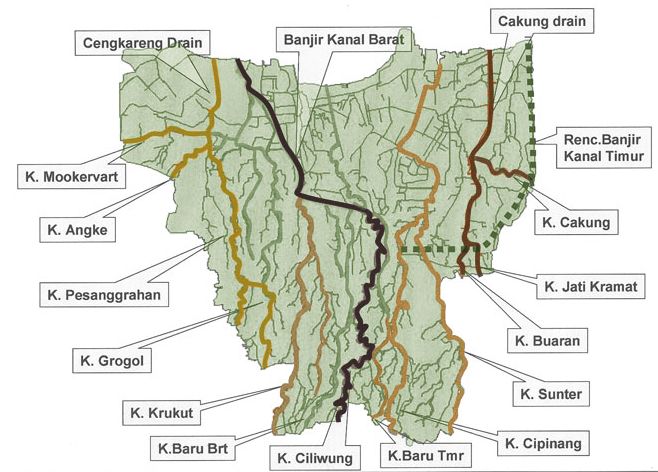
Ever since humans began to gather in settlements, water use has been key to successful communities. The Code of Hammurabi, 1750 bce, detailed regulations on, among other things, irrigation and water use. Roman Aqueducts supplied water to a growing city; China’s Grand Canal brought water from the south to the capital Beijing, and still does today.

Water and energy are important ways cities can make a difference in climate change. In this series, we’ll take a look at how some cities are using (and reusing) these two essentials. Let’s start with water.

Urban buildings use 14% of the world’s available potable water, but very few currently recycle and reuse this key resource. Water reuse can improve potable water availability by 25% in households and 75% in urban commercial buildings, according to the WateReuse Association and partner National Blue Ribbon Commission for Onsite Water Systems. Drawing together agriculture, business, commercial buildings, and municipal utilities, the Recycled Water User Network (TM) connects recycled water users with innovative approaches. Looking to update your career? There’s even a job bank.
In the European Union, the Water Reuse system Wise Freshwater established innovations and programs. While more than 40,000 million m3 of wastewater is treated in the EU, less than 3% is reused. With the Water Reuse Regulation (WRR) there are now mandated approaches to water circularity.
The African Union (AU) introduced a Water Vision for 2025 for integrated water resources management related to the UN’s Sustainable Development Goal 6. African Water Facility notes that every dollar invested in water and sanitation produces seven dollars in benefits.
In the US, where water is a critical issue, both for drought and also in floods, five cities may lead the way to policy and innovation:

Austin, Texas launched their GoPurple water-saving program as part of the city’s 100-year plan Water Forward. By connecting mandated onsite water reuse systems (OWRS) to reclaimed water, Austin uses non-potable water for urban high-rise cooling towards, sanitation systems, and some irrigation.

Los Angeles, California has suffered from drought and resultant wildfire. The city employs reclaimed water for industry, irrigation, and replenishing groundwater. LA developed a Green Building Code mandating that residential buildings over 25 stories have cooling towers serviced by non-potable water. Smaller buildings must reduce water use by 20%, and plumbing fixtures must use recycled water.
Miami, Florida grants real estate developers a 35% bonus if units use greywater and install onsite water reuse systems in buildings with more than 25 units. In the Florida Statute 403.892, the state details incentives for greywater (sometimes spelled graywater), a term for residential or office building water from all sources – except toilets.

Phoenix, Arizona is one of the most arid cities in the world. The city’s Water Smart incentive program offers free consultations on water conservation, reuse, and recycling. Approaches include appliance replacement rebate programs and financial incentives for removing grass. Training a new generation for water use in the future environment, Phoenix also offers classroom materials in Spanish and English.
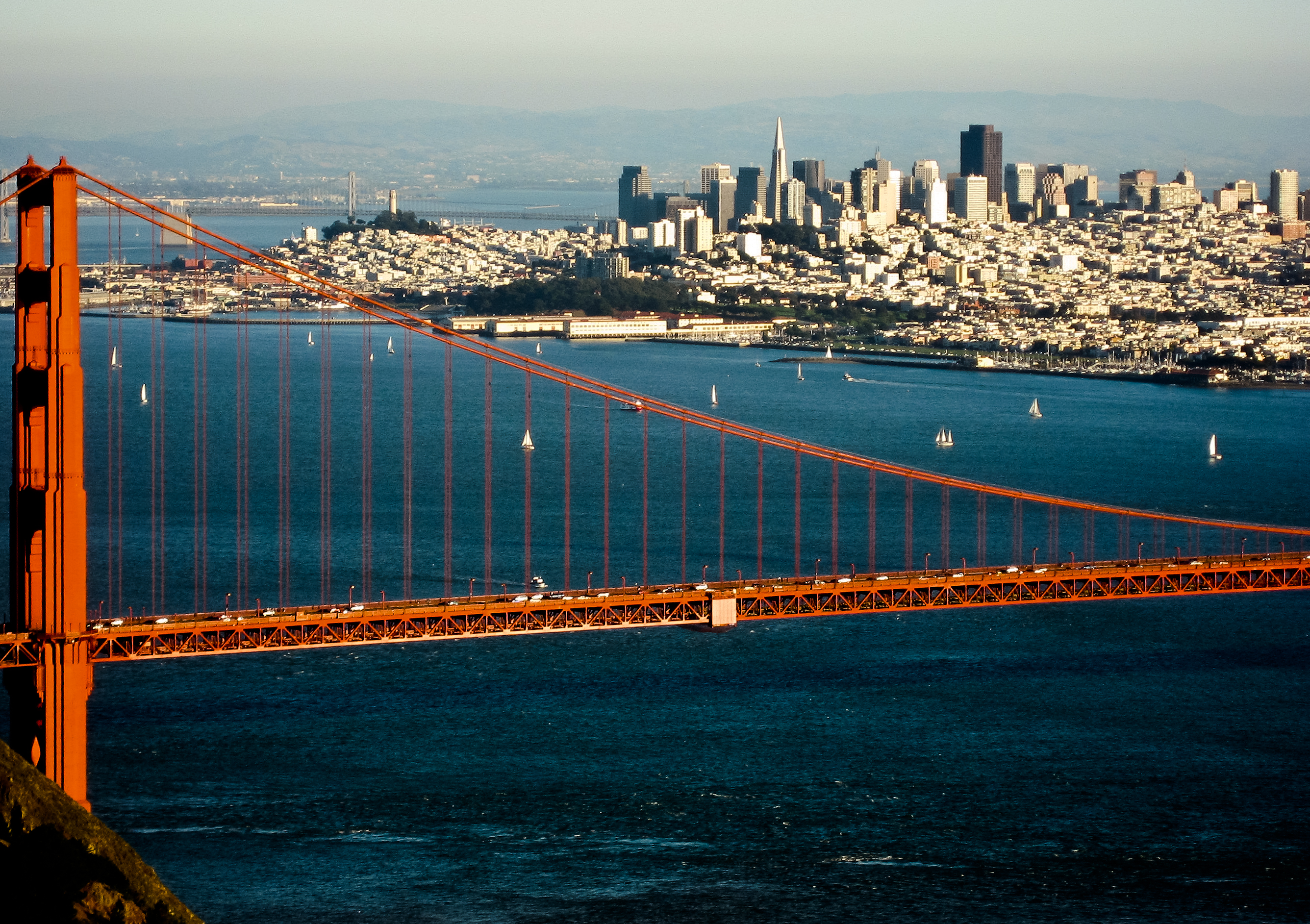
San Francisco, California passed Article 12C of the city’s health code, requiring all new development projects over 100,000 gross square feet (9,290.304) install onsite water reuse systems. The city provides an Onsite Water Reuse Program Guidebook.
Cities are faster and more efficient policy makers than nations. While in the US, the Environmental Protection Agency (EPA) may be affected by decisions and programs such as the Water Infrastructure Finance and Innovation Act (WIFIA), a federal credit program administered by the EPA offering loans for water and wastewater infrastructure projects, cities may be a more reliable action point. By 2050, 69% of the world’s population will be urban. Are cities the climate policy leaders of the future?

Human use affects more than 70% of the global, ice-free land surface (IPCC 2019). Water resources will continue to be a critical issue. Cities may lead the way. C40 Cities is a global network of mayors uniting in action to respond to the climate crisis. With 97 cities comprising 22% of the entire global economy, C40 offers a Knowledge Hub for all cities to find ways to improve and protect the future.
Do you live in a city, large or small? How does your city use (and reuse) water?
C40. “How to manage water scarcity and adapt to drought.” Knowledge HUB. https://www.c40knowledgehub.org/article/How-to-manage-water-scarcity-and-adapt-to-drought?language=en_US
Intergovernmental Panel on Climate Change (IPCC). Climate Change and Land: An IPCC special report on climate change, desertification, land degradation, sustainable land management, food security, and greenhouse gas fluxes in terrestrial ecosystems. P.R. Shukla, et al., editors. 2019. https://doi.org/10.1017/9781009157988.001
King, L.W., translator. “The Code of Hammurabi.” Yale Law School Avalon Project. https://avalon.law.yale.edu/ancient/hamframe.asp
Renewing the World. “Water” https://renewingtheworld.com
San Francisco Public Utilities Commission. “Onsite Water Reuse.” https://sfpuc.gov/programs/water-supply/onsite-water-reuse
WateReuse. “National Blue Ribbon Commission for Onsite Water Systems.” https://watereuseorg/wp-content/uploads/2022/05/NBRC_Factsheet_FINAL-2-2.pdf
Building the World Blog by Kathleen Lusk Brooke and Zoe G. Quinn is licensed under a Creative Commons Attribution-NonCommercial-NoDerivs 3.0 U









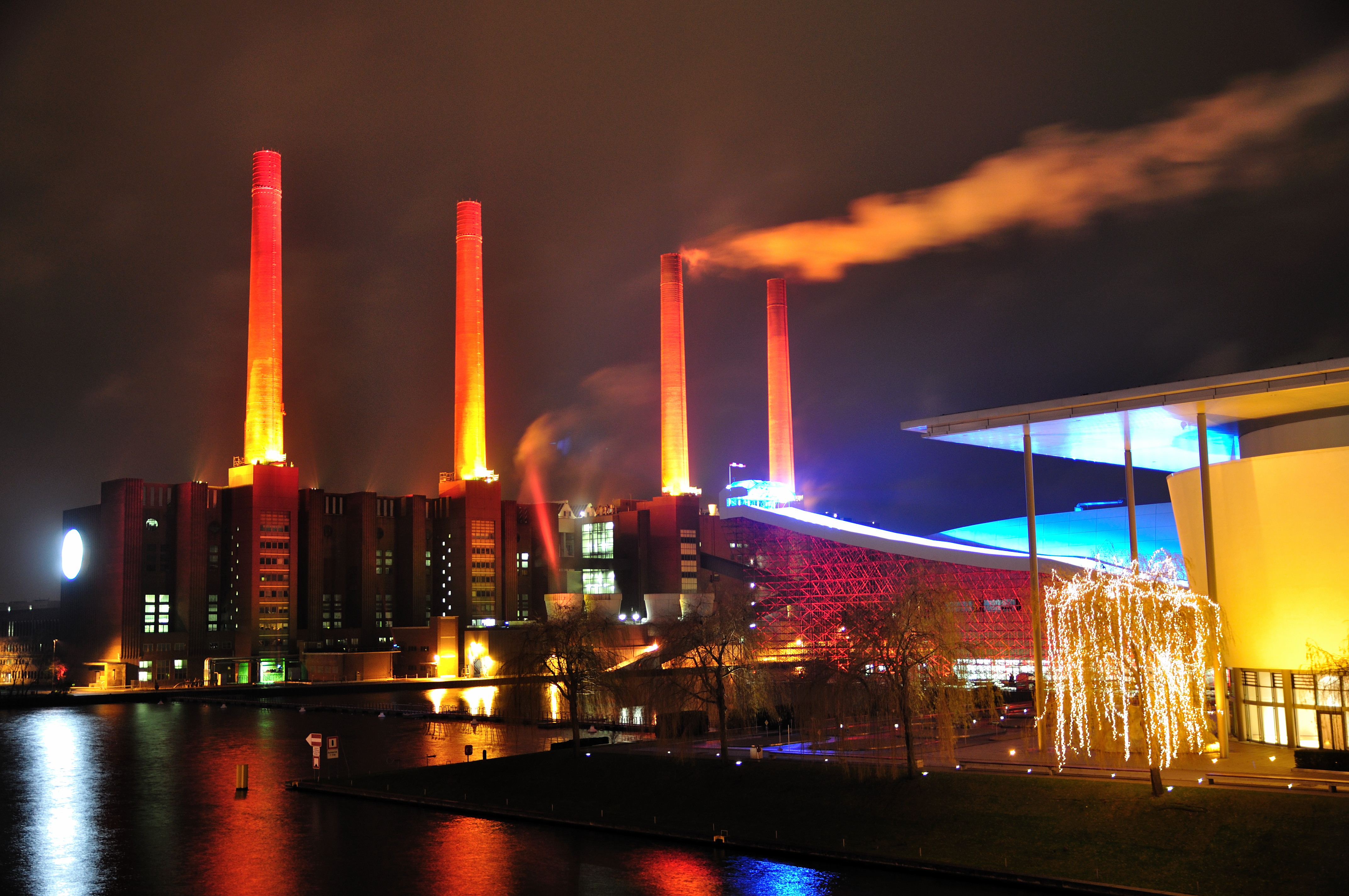


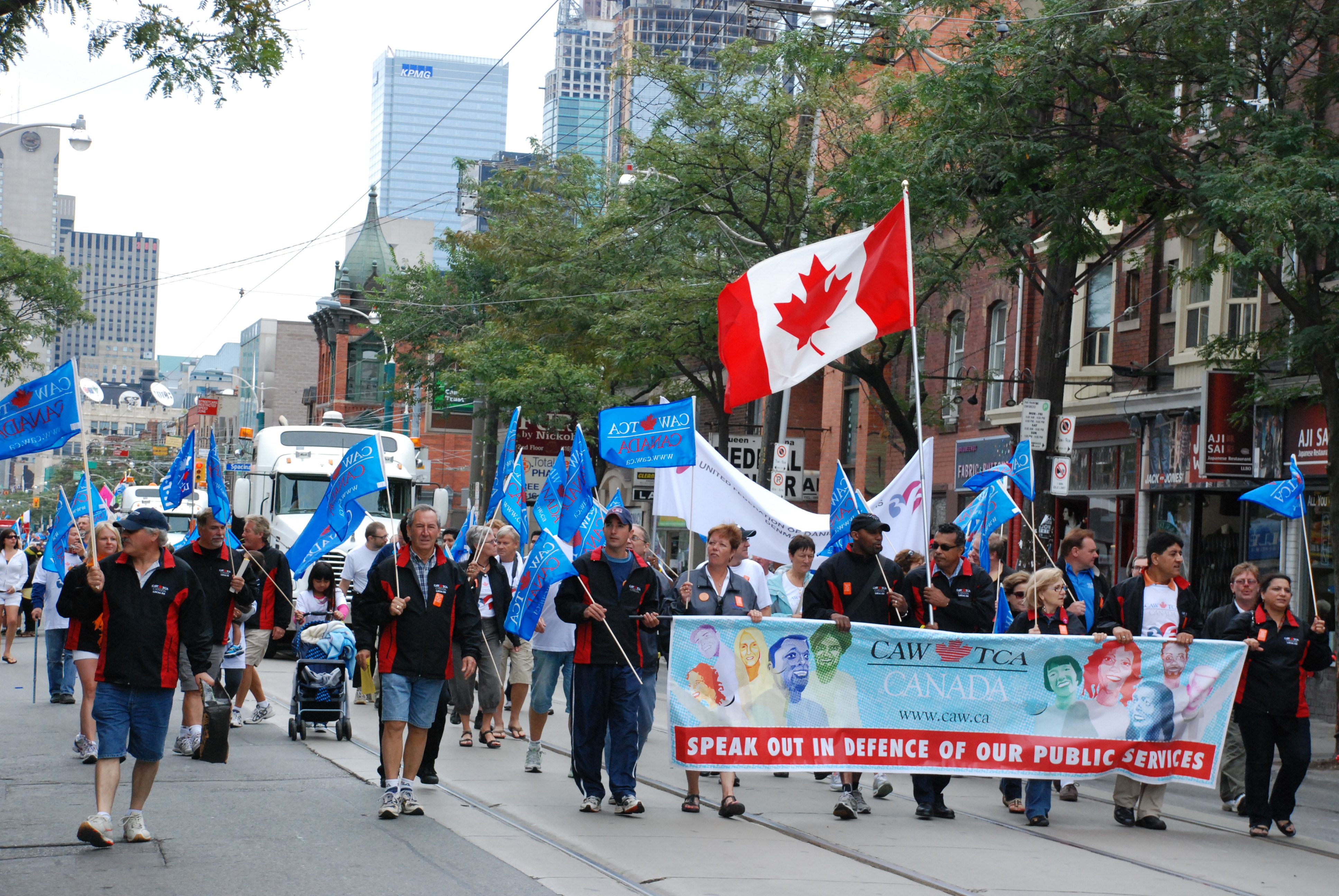



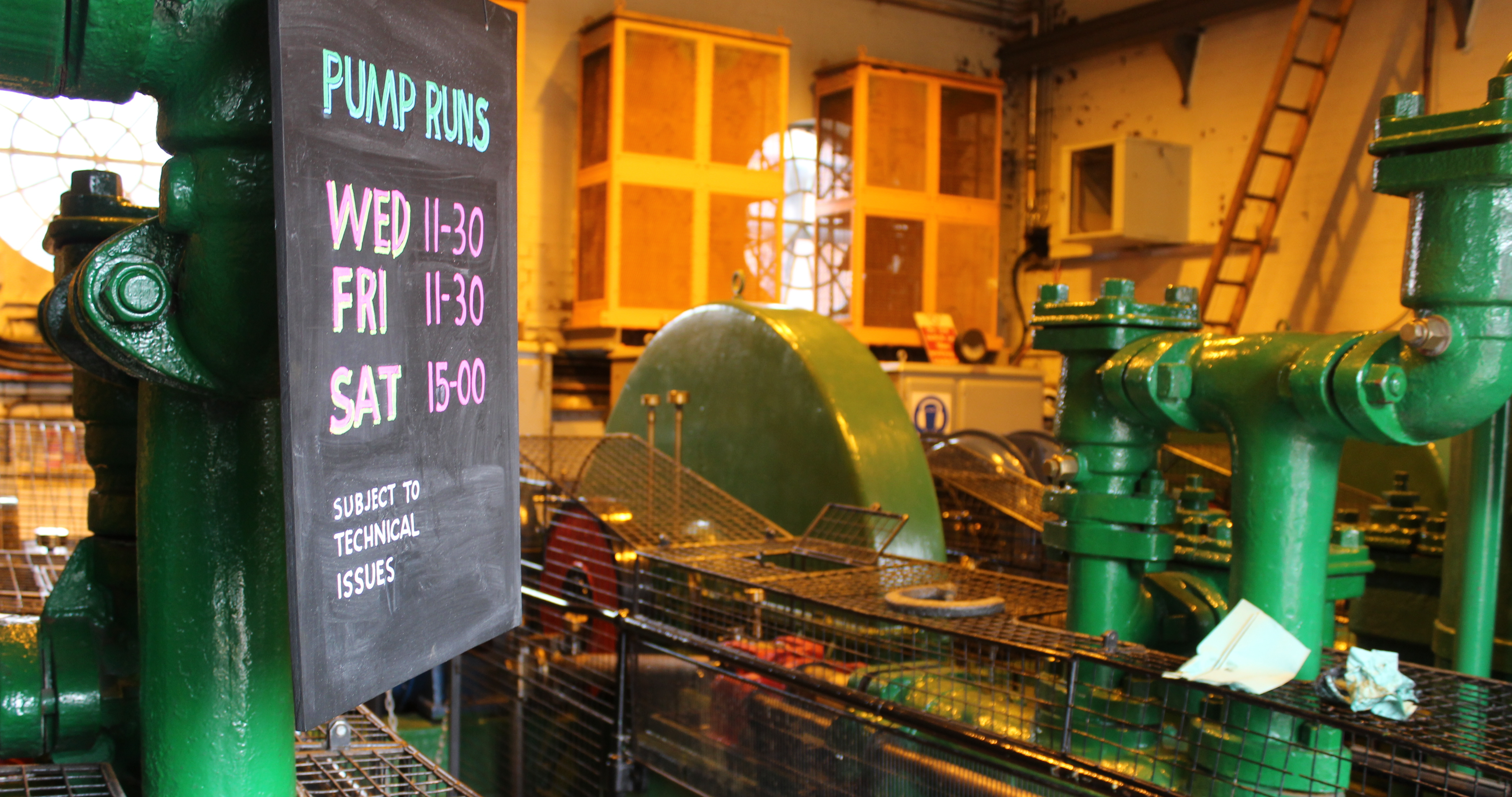







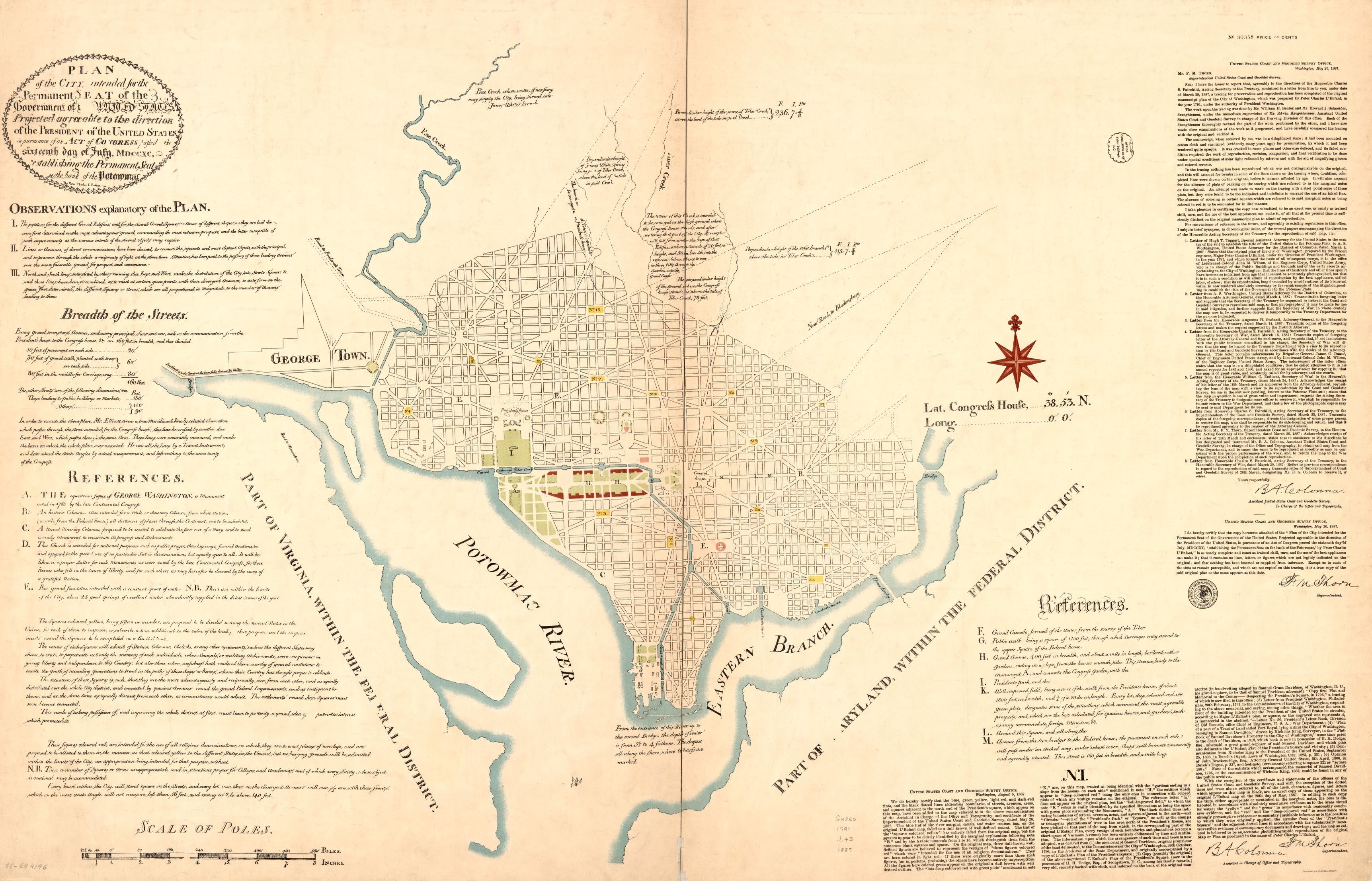

 President Joseph R. Biden, Jr. and Vice President Kamala D. Harris. inaugurated in Washington, D.C., on 20 January 2021.
President Joseph R. Biden, Jr. and Vice President Kamala D. Harris. inaugurated in Washington, D.C., on 20 January 2021. 



